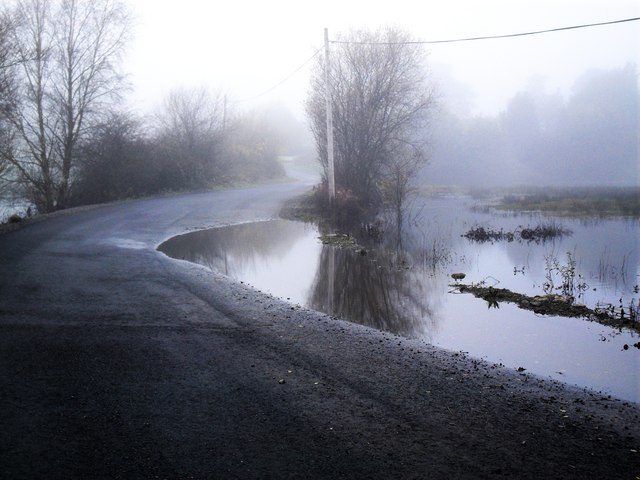Prolonged heavy rainfall over the winter of 2015 has shown how devastating flooding can be to homes, businesses and critical infrastructure. With predictions that localised flooding will become an ever more common occurrence, how prepared is Northern Ireland to manage flood risk?

Major localised flooding appears to be increasingly common. In December 2015 ‘Storm Desmond’ led to record levels of rainfall across Northern Ireland with Counties Fermanagh and Tyrone the worst affected. Fermanagh and Tyrone have experienced a number of serious flooding events in the recent past. However, the extent of this event was described by locals as unprecedented, with numerous roads closed and many homes and businesses badly damaged.
While flooding is a natural occurrence, the extent of recent flooding incidences has inevitably led to questions about the Executive’s response and its preparedness for the future.
Response to flooding
The former Department of Finance and Personnel’s Performance and Efficiency Delivery Unit (PEDU) conducted a review of the Executive’s response to an extreme rainfall and flooding event which took place on 27th and 28th June 2012. This report found that while the respective flood response agencies fulfilled their statutory responsibility, ‘ambiguity between flood response agencies about their respective roles is unhelpful’. In this context, PEDU recommended that consideration be given to the ‘consolidation of all of the flood response agencies under one departmental ambit – ie by the transfer of Rivers Agency from the Department of Agriculture and Rural Development (DARD) to the Department of Regional Development (DRD)’.
While this did not happen directly, the reduction of NI Executive Departments from 12 to nine now sees all the flood response agencies reside within the auspices of the newly formed Department for Infrastructure (DfI). In addition to this, DfI is now the Competent Authority for the implementation of the Floods Directive – European legislation aimed at managing the adverse consequences that flooding has on human health, the environment, cultural heritage and economic activity.
State of infrastructure
The NI Executive accepts that Northern Ireland’s drainage infrastructure is insufficient to meet the future requirements expected of it – to the extent that it is actively stunting economic development – particularly in the greater Belfast area. In Northern Ireland, 46,000 of the 830,000 properties (6%) could be at significant risk of flooding due to their location in coastal or river flood plains while a further 20,000 properties are sited in an area at risk of flooding from a significant rainfall event.
The DfI, now tasked with managing flooding risk, must implement DRD’s long-term water strategy, developed in partnership with the Department of the Environment and DARD. Improving flood risk management and drainage is a key aim within the strategy; but rather than following the traditional route of building flood walls, extending flood banks and increasing the flow capacity of our rivers, this strategy proposes to ‘manage flood risk and drainage in a sustainable manner’. The aims of this five pronged approach are set out in the strategy as follows:
- Deliver sustainable flood resilient development;
- Manage the catchment to reduce flood risk;
- Provide sustainable integrated drainage in rural and urban areas;
- Improve flood resistance and resilience in high flood risk areas;
- Be preparaed for extreme weather events.
The PEDU report estimated that some £120m would be required to address flooding problems in high risk areas and in 2012 the Executive identified this as a priority for the next investment period. However, it is now accepted that this level of funding will be inadequate.
In order to deliver long-term, sustainable drainage solutions, which properly address the risk of infraction proceedings and support future economic development, it is estimated that additional funding of at least £750m will be needed for the greater Belfast area alone. Estimates for the rest of NI have not yet been produced.
Where will the money come from?
In the current financial climate, it may be legitimate to ask where this investment will come from. The Executive has indicated that flood mitigation is a priority. However, now within DfI it will have to compete for finite resources against other significant policy areas including public transport, roads and water – all of which require significant investment as the Executive seeks to grow the NI economy.

